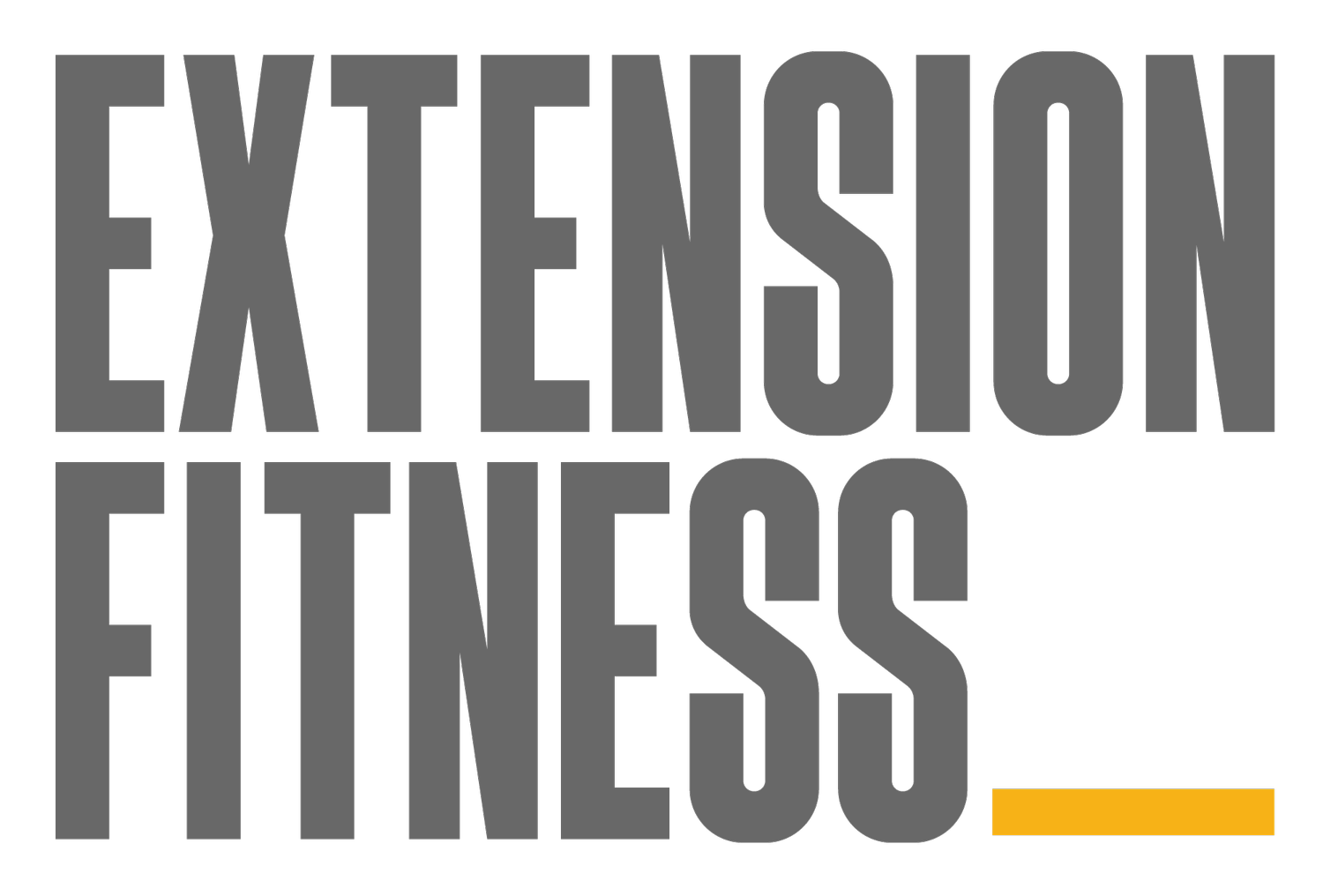Gertrude’s Running Technique Assessment Report
Here’s an example of the report that clients get from me after a running technique assessment. It is based on a fictitious person called Gertrude van der Blinken, a Dutch lady.
Each assessment package includes;
video footage of your current natural, intuitive running style
video footage of me coaching you through some gait modifications
your running technique assessment report
___________________________________
SAMPLE
EXTENSION FITNESS RUNNING TECHNIQUE ASSESSMENT
ATHLETE: Gertrude van der Blinken
DATE: 21/6/99
ASSESSMENT PROCESS
We did the following:
1. Review of running gait at 8km/hr and 10km/hr
2. Review of video footage of natural running form (current)
3. Trial of gait changes with postural cues (filmed)
We looked at these areas:
1. Is cadence appropriate?
2. Is there an overstride?
3. Is posture appropriate? If not, does changing posture yield a benefit?
4. Is there effective arm swing?
5. General review of technique proficiency
SUMMARY
You, Gertrude, have a great endurance engine and lots of potential to become an accomplished runner. With time, and smart, consistent training, I see no reason why your goal of a 25-minute 5K could not be achieved. You can optimise your technique in several areas to improve performance, efficiency and comfort and to facilitate injury prevention.
Broadly speaking, the improvements will come from these areas;
1. Reducing/correcting “overstride” gait pattern
2. Improving strength of lower limbs, trunk and (to a lesser extent) arms – in particular, the muscles surrounding the hip joints so that you can run with an “open hinge” and minimise hip drop/Trendelenburg sign (probably caused by weakness in muscles around side of hip/gluteus medius).
3. Learning to run with a more erect posture
The way you can make these improvements is to;
1. Develop strength, coordination, postural awareness through technique and posture adjustment drills
2. Strengthen trunk and lower limbs
3. Manage training volume (distance, speed, intensity balance) to facilitate technique improvement
STRENGTHS
1. High aerobic fitness base
2. High level of body awareness and proprioception – able to feel effect of changes in posture and visualise biomechanics
3. Enthusiasm!!! Which is unusual for someone of Dutch heritage.
AREAS FOR IMPROVEMENT
1. Technique flaws: overstriding, low cadence, slouched spinal posture/”closed hinge” running, low effectiveness use of arms and upper body
2. Possible Trendelenburg sign (gluteus medius/lateral hip weakness)
3. Lower limb, trunk and arm strength – in particular hip muscles
STRATEGIES & CUES
In general terms, we’re trying to get you to run with a more erect stance. This will do the following:
- Reduce overstriding (with increased efficiency and reduced injury risk) by bringing your hips over your feet and your feet under your hips
- Allow you to more easily use your arms to assist with forwards propulsion
- Improve lower limb alignment
- Reduce knee (patellofemoral) discomfort
Initially, the focus is on looking ahead (“look up”), keeping your “chest up” and running with your “shoulders back”.
“Look up”
- Eyes looking 10-30m ahead, at or above the horizontal
- You need to look down, too, so you can avoid tripping, but we want to reduce and minimise this
“Chest up”
- Lift your sternum
- Think “chest up”
- Erect posture in your mid to upper back
“Shoulders back”
- Bring your shoulder blades together a little across your upper back (scapular retraction)
Here’s a video from Strength running which will help.
Ideal distance running posture is head on shoulders on hips in a roughly vertical line. Some runners have more of a forward lean (from the ankles), and a lean is appropriate for fast running, so the vertical rule isn’t set in stone. But it would be a good starting point for you.
EXERCISES
To be discussed at follow-up. Once weekly (ideally 2-3x) strength training will be needed. This can be home-based or gym-based. I recommend that you do a block of four PT sessions with me to set you up well for strength training. This will be important for you because you’re a low tone, “floppy” person (by virtue of genetics, I suspect) and your job is highly sedentary. When I say “important,” I mean from a general health, injury prevention and performance perspective. It is possible for you to learn what you need to do without PT sessions (e.g. through attending classes), but it is the less ideal option.
DRILLS
1. A Skip
2. High knees
3. Strides
4. Standing wheel (did not go through during assessment but please try anyway). Do 2-3 rounds of 30 seconds per leg, 2-3 times per week (more if you wish to).
FOOTAGE LINKS – OF YOUR RUNNING
Initial Run
Link to file in Google Drive
With cues & gait modification
Link to file in Google Drive
RUN SHEET (showing how to incorporate drills and posture training into a typical training run)
1. 5-minute jog warmup – cruisy pace just letting yourself ease into running
2. 4 x 15 metres A Skip with ~10m very easy walk as rest between reps
3. 4 x 15m High Knees with ~10m very easy walk as rest between reps
4. 4 reps Strides with ~15s rest between reps
5. Run whatever distance is planned that day (using posture cues as much or as little as you wish to). Don’t focus on posture and technique so much that you stop enjoying your runs! We are aspiring to get you to a place where you can mostly forget about technique. But in the meantime, a little bit of tuning in to your technique on each run will be needed.
